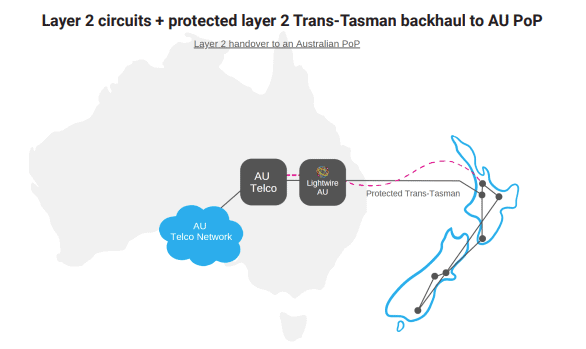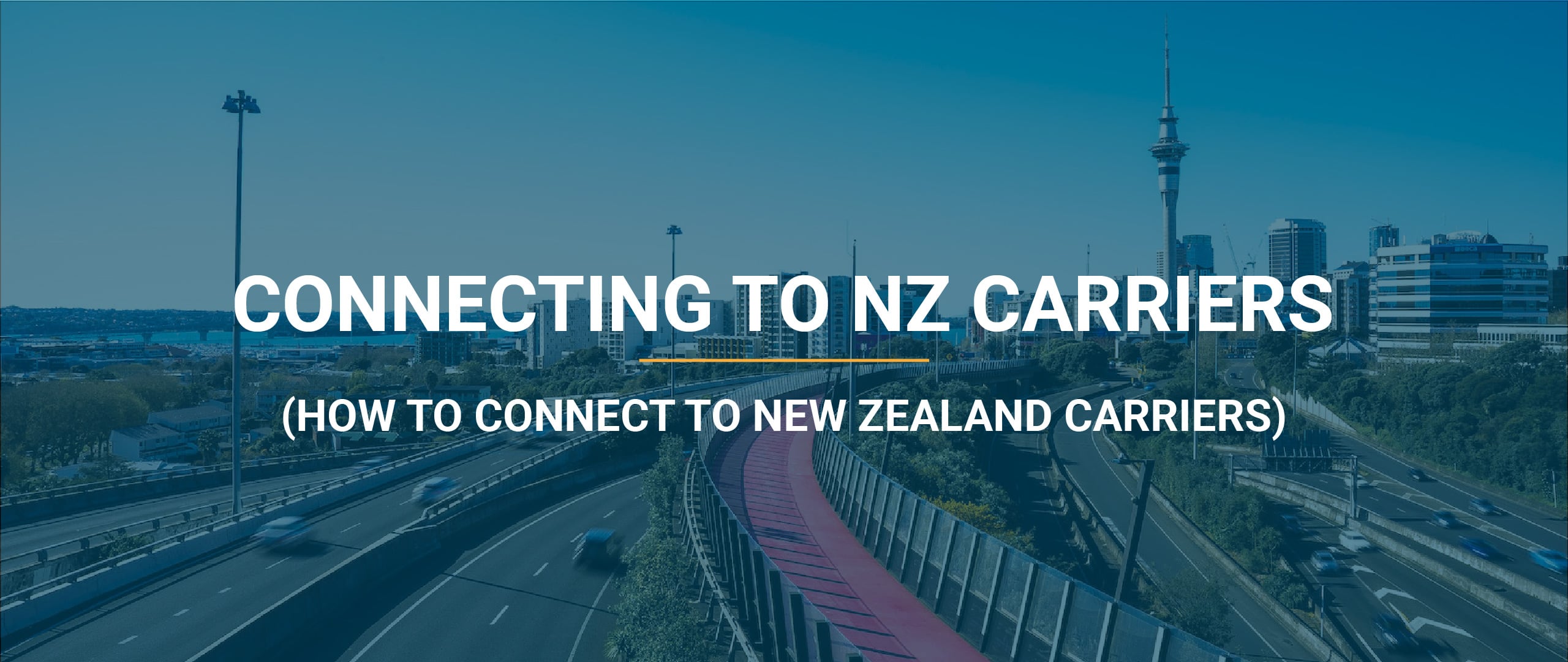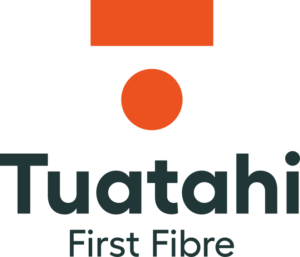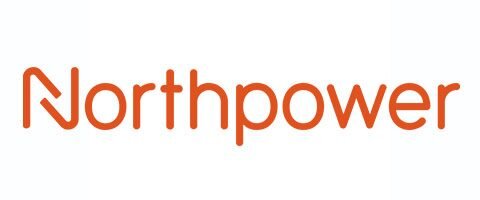Connectivity Virtual Circuit (CVC) isn’t a thing in New Zealand
Each major Carrier has a different way of going about things regarding what they offer and how to access their services. There are however some key similarities, one of which is their pricing and technical models for points of interconnect.
In each case, there will be a charge for a 1 Gbps, 10 Gbps or 100 Gbps port in an exchange (carrier-owned DC), and from there, the onus on routing, contention modelling, addressing, etc, is on the RSP. Unlike the Australian NBN model, there is no CVC equivalent or arbitrary contention ratio enforced on the handover ports. This is the pricing model:
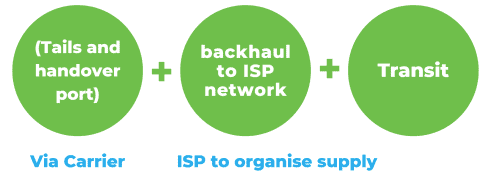
How to connect to the carriers
Some carriers are harder to connect to than others. In this section, we look at where you need to be in order to get universal access to services around the country.
Chorus
August 2015. The distant past. A time when no one really believed Trump would be president, and Richie McCaw was still playing rugby (*sheds a tear, sings the national anthem quietly*). That is how long ago it was that Chorus announced their intention to provide Tail Extension Services (TES) for UFB connections, with the actual launch eventually happening in 2017.
Watch the video below from Chrosu to understand what these Tail Extension Services are.
For a brief definition of tail extensions, try this: Tail extensions are an industry term used to describe the cost Chorus charges Retail Service Providers (RSPs) for handing a tail circuit off to an RSP when that RSP doesn’t have a presence in the town/city where the end user is located. For example, A RSP has a client in Taupo, but has no infrastructure or handover in Taupo, and the nearest handover that RSP has with Chorus is in Auckland. Chorus will carry the circuit data 400km or so back to that Auckland handover and charge the RSP an additional cost on top of the standard circuit cost.
Copper services have had this model applied for a long time, enabling RSP’s to have a single handover nationally (or more if they like) with services brought back to it from various locations.
Why has only Chorus released tail extensions?
Chorus was driven by revenue. It wasn’t about driving the uptake of Ultrafast Broadband (UFB). It had zero impact on that.
Chorus wasn’t making much money from the few ISPs connecting in each region at $300 p/ month (the cost of a 10 Gbps port) plus the few rack footprints purchased in the exchanges, but this move allowed them to make 4-5% more on each tail sold where the ISP doesn’t have a local handover.
Enable Broadband, and Northpower had no need to offer this service as they have very centralised footprints: Canterbury and Northland, respectively.
Hyperfibre Tail Extensions
In Feb 2022, Chorus announced it was expanding its Bitstream Tail Extension Service (TES) to include Hyperfibre from May 7 2022.
The high speeds of Hyperfibre present a unique challenge for ISPs looking to offer the 4 Gbps and 8 Gbps services nationally. Running those speeds at scale makes a 40 Gbps, or even 100 Gbps, inter-metro backhaul link not seem quite so big.
That’s why in this case, the move by Chorus will see an increased uptake of the Hyperfibre product and is a win for everyone.
TES pricing is determined by where you need the extension mapped back to. E.g. Same region, Same Island e.g. Wellington to Auckland; or a Different Island (e.g. Dunedin (South Island) to Auckland (North Island).
Pricing is then set by the High Traffic Class (HTC/CIR) that makes up the service.
Without TES, to provide nationwide coverage, telcos, like Lightwire, need to connect with Chorus at their 27 points of interconnection and have a substantial amount of backhaul capacity. Hauling a ton of 4 Gbps services across your own network introduces high overheads.
Behind the scenes, factors like the backhaul capacity required to get the traffic from A to Z, the cost of running a resilient national network, 100 G switching, and ensuring you have ample capacity for maximum peak time performance add up quickly.
TES lowers the cost of providing services like Hyperfibre and allows you more access to better services.
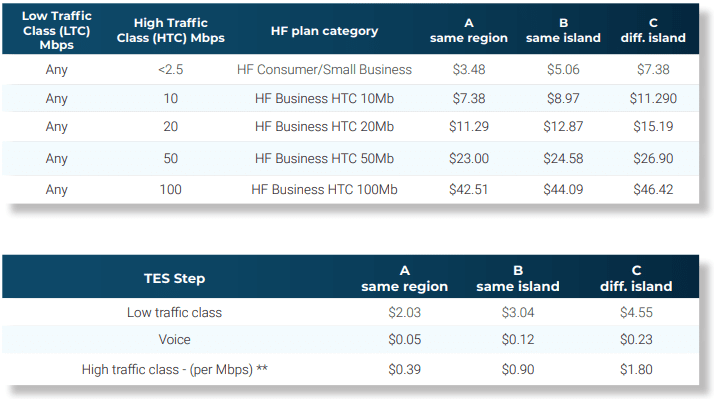
Become a NZ Internet Pro
Read the guide to get up to speed on everything from high-level market intel to service specific details and all the gotchas in between. No Forms, no calls – 100% free
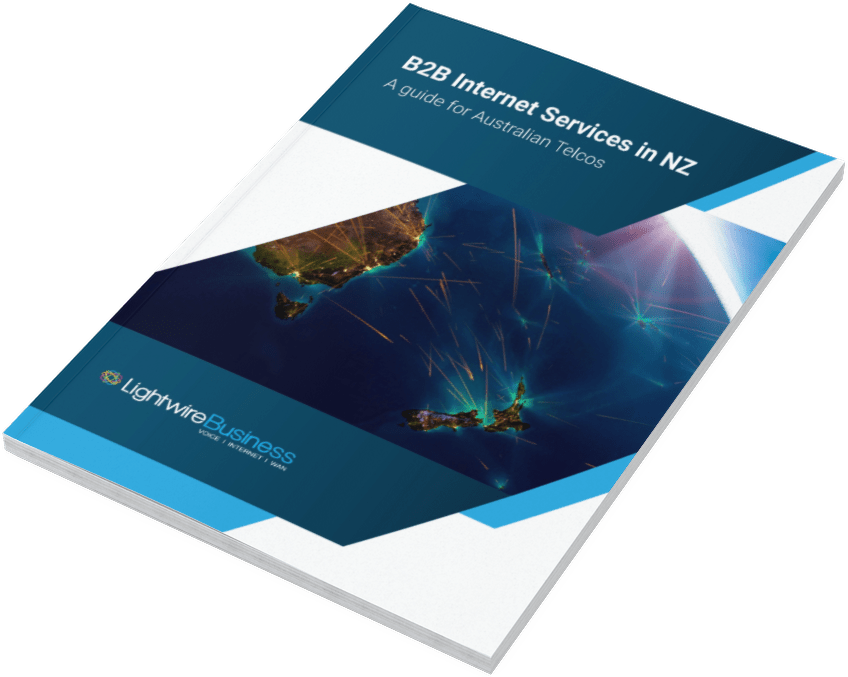
Tuatahi First Fibre
The biggest town in Tuatahi First Fibre’s (TFF) patch is Hamilton, but they also have Tauranga, New Plymouth and Whanganui (among others).
At the time of writing this book (December 2023), TFF is working on the development of a Tail Extension product. However, it is dependent on the changing out of its network control technology, so it is a ‘make haste slowly’ project.
That said, as it stands today, no tail extensions exist via TFF, so in order to gain access to each of the towns in TFF’s area, you will require a number of local POIs or you will need to partner with a company like Lightwire
Enable Broadband
Christchurch isn’t a massive place, so you are able to access UFB services across Enables network via a single handover.
However, if you are after dark fibre services from them, you may need to be in up to 4 DCs or face additional backhaul charges (called ICAB) that typically make the price uncompetitive.
Other services and providers – the catch
We’ll touch more on these later, but it is worth noting that even though you could access UFB services via Chorus in Nelson (as an example) by having a TES bring that service back to a single Chorus handover in Auckland, if that same customer wanted a dark fibre service via Chorus or Vodafone, you would find yourself needing a local POI.
Services other than UFB, even via Chorus, typically require a local handoff.
HSNS Premium has long been New Zealand’s go-to for P2P services. This product is now being grandfathered with a stop-sell date of July 31 2023, and removal from July 31 2024.
This is being replaced with a Business Premium (EBS4) P2P service comprising of three new glass-only, High Traffic Class-only Enhanced Bitstream 4 plans: 1 Gbps, 4 Gbps, & 10 Gbps.
Prefer to connect to an aggregator?
Connecting to an aggregator (*cough* Lightwire *cough*) has obvious advantages for an Australian telco that is unlikely to get critical scale across all regions.
In order to have access to dark fibre, P2P services, and UFB in every region, there are around 30 POIs you’ll need to establish. If you limit your scope to UFB, there will be at least 4 to cover the major centres, then you’ll need diverse inter-metro backhaul with enough capacity to handle the Hyperfibre speeds, plus transit to access the rest of the world.
So that’s the problem, and here are two solutions:
Have all services handed off to you at layer 2 at an Australian PoP of your choice (ideal when looking to run a trans-Tasman MPLS network with your own IP addresses end to end) – shown in the image below.
Purchase layer 3 services at wholesale price points. This would see Lightwire IP addresses (if we were the supplier of course) and network components used. With the advent of SD-WAN this is an increasingly popular option for our Australia telco partners.
Connecting to an aggregator
